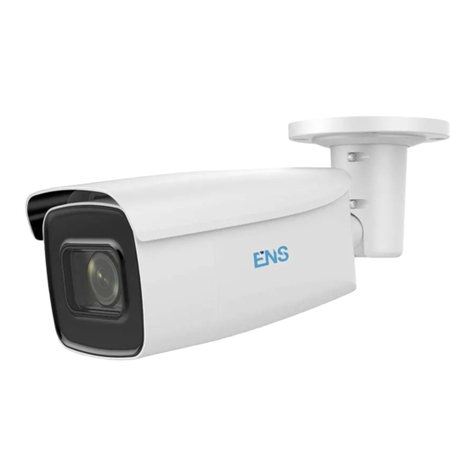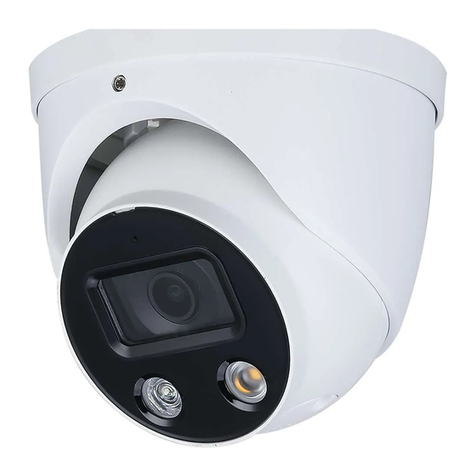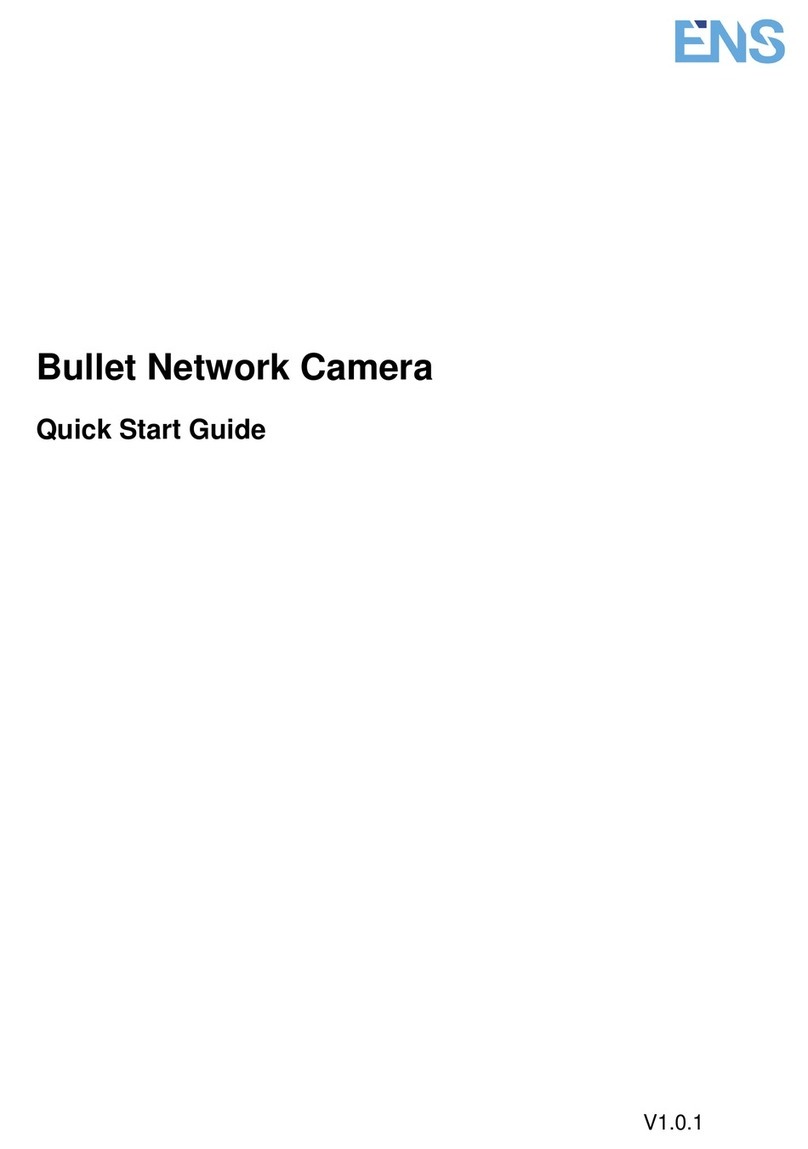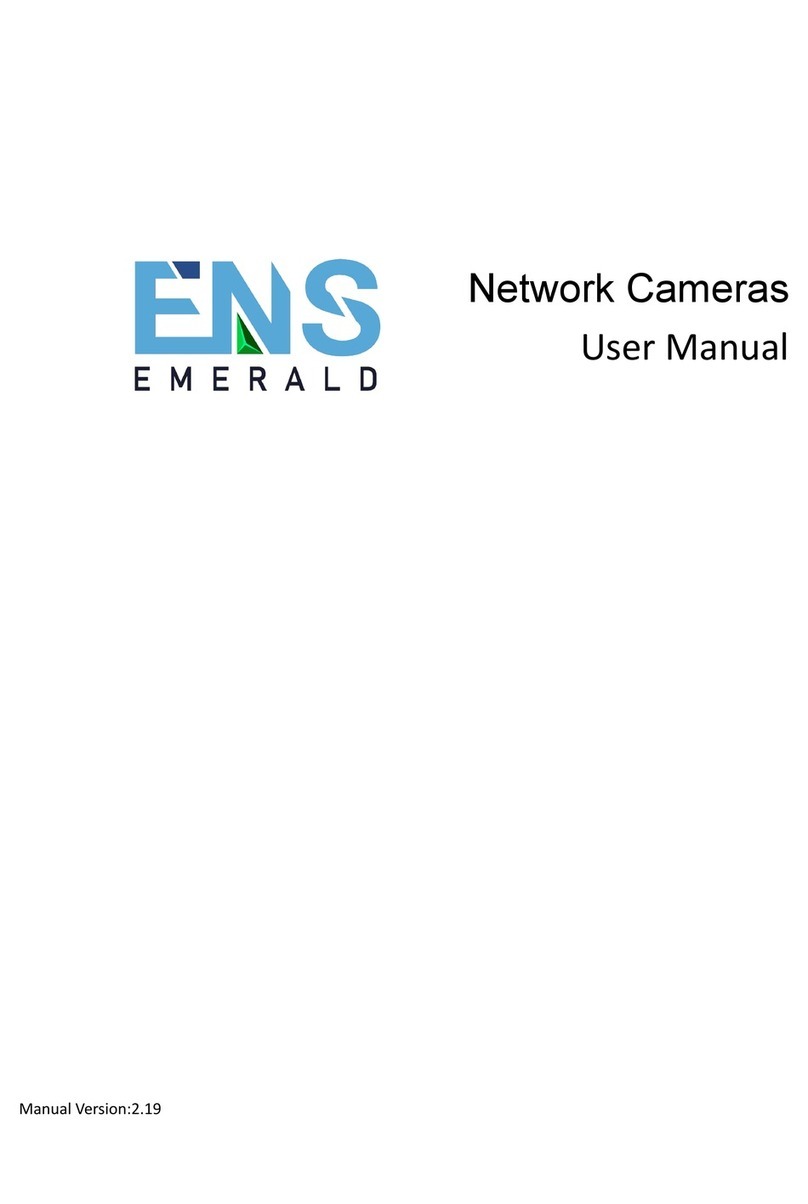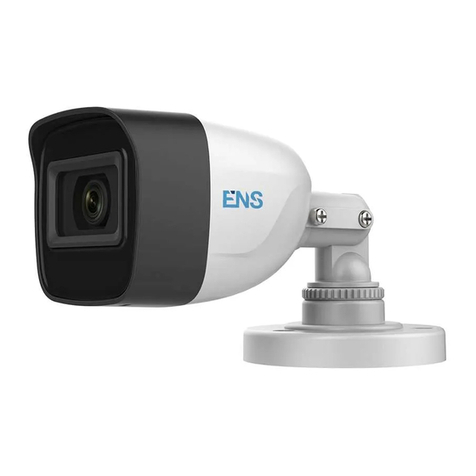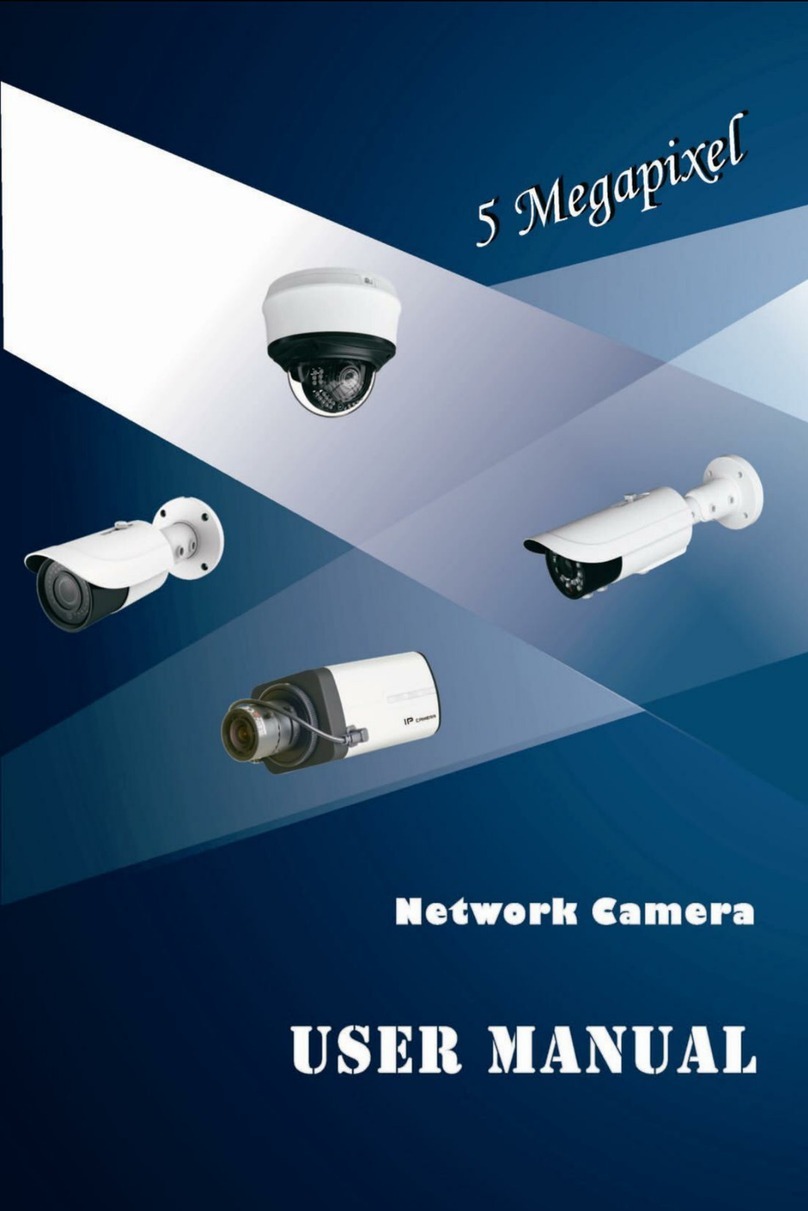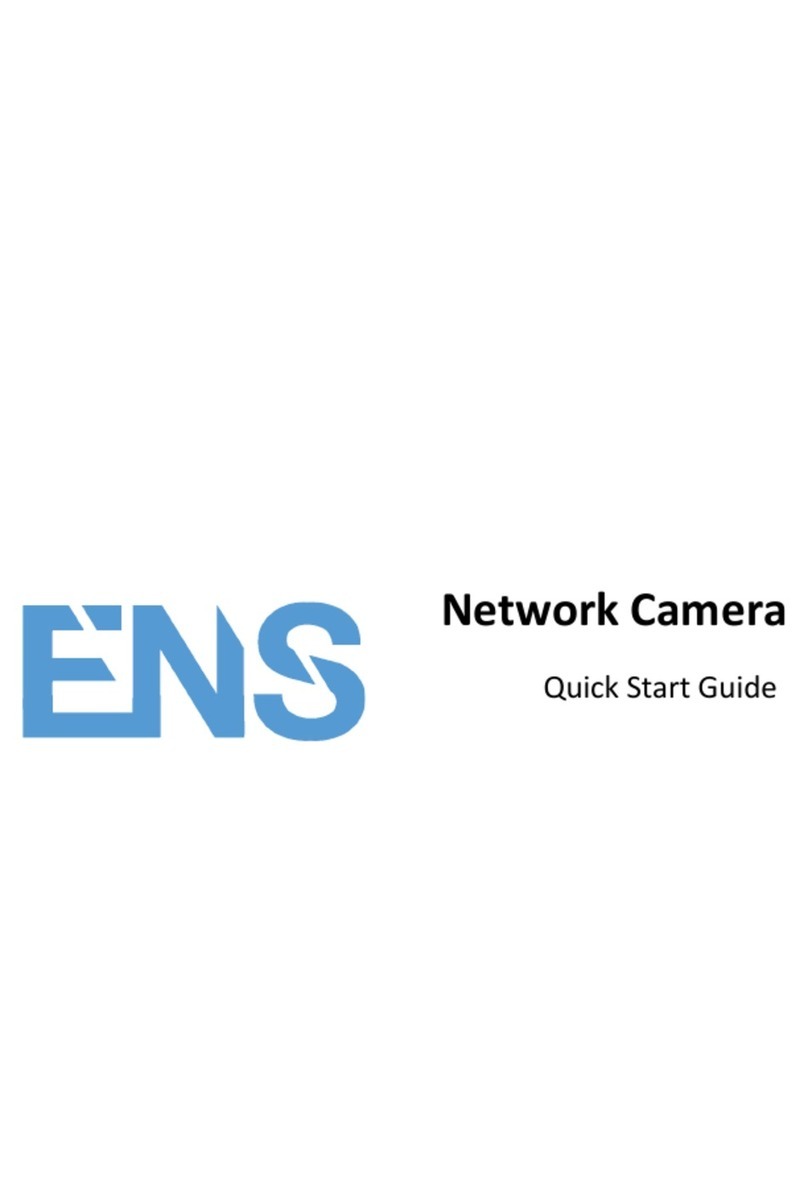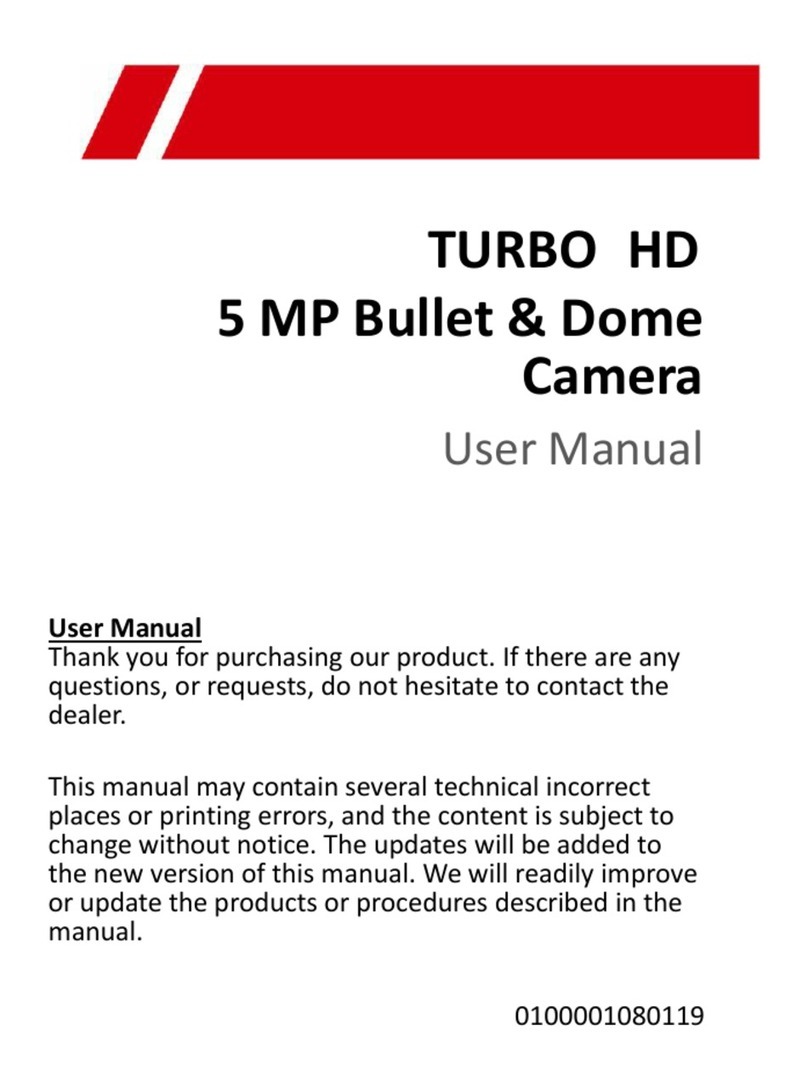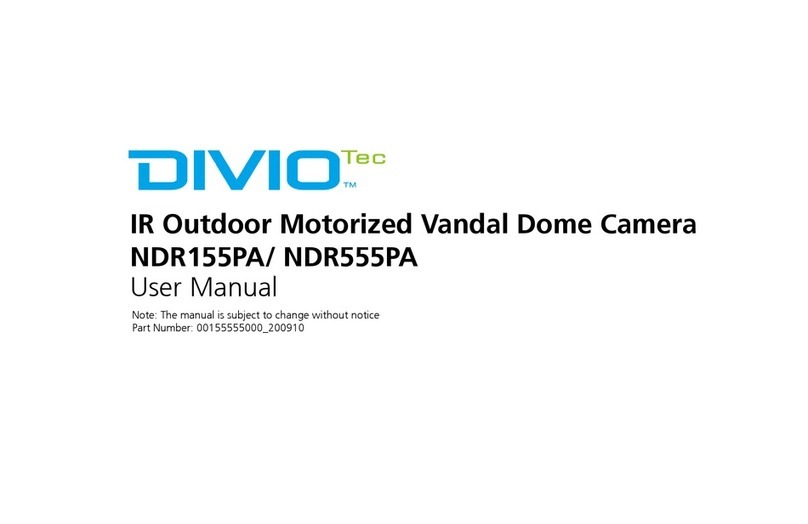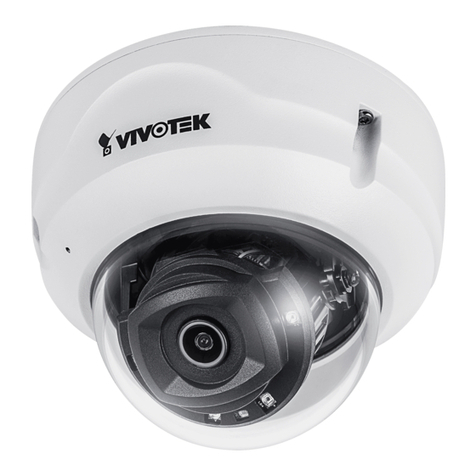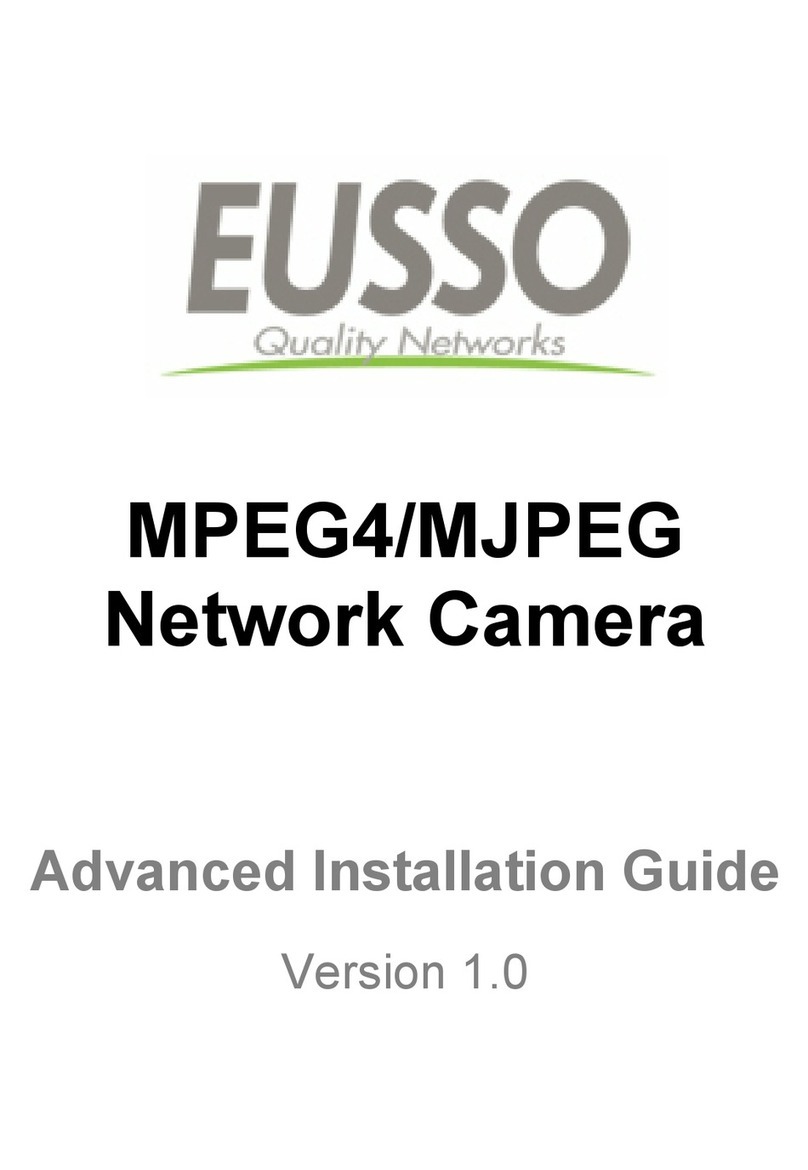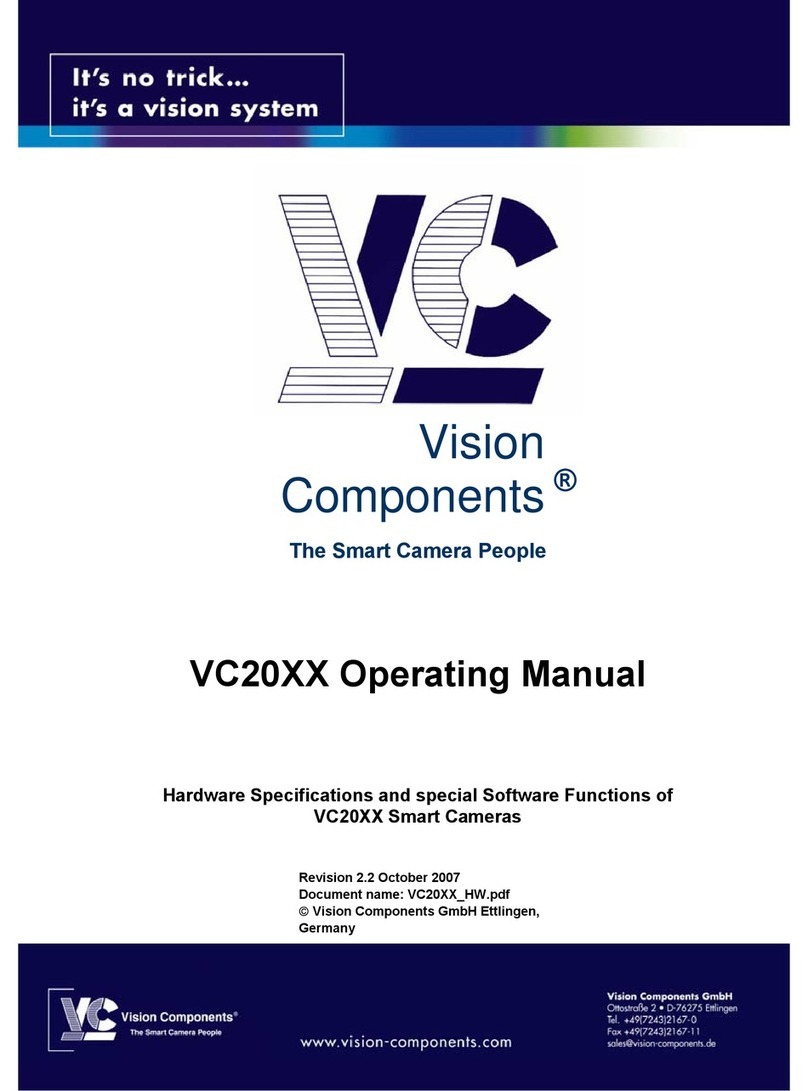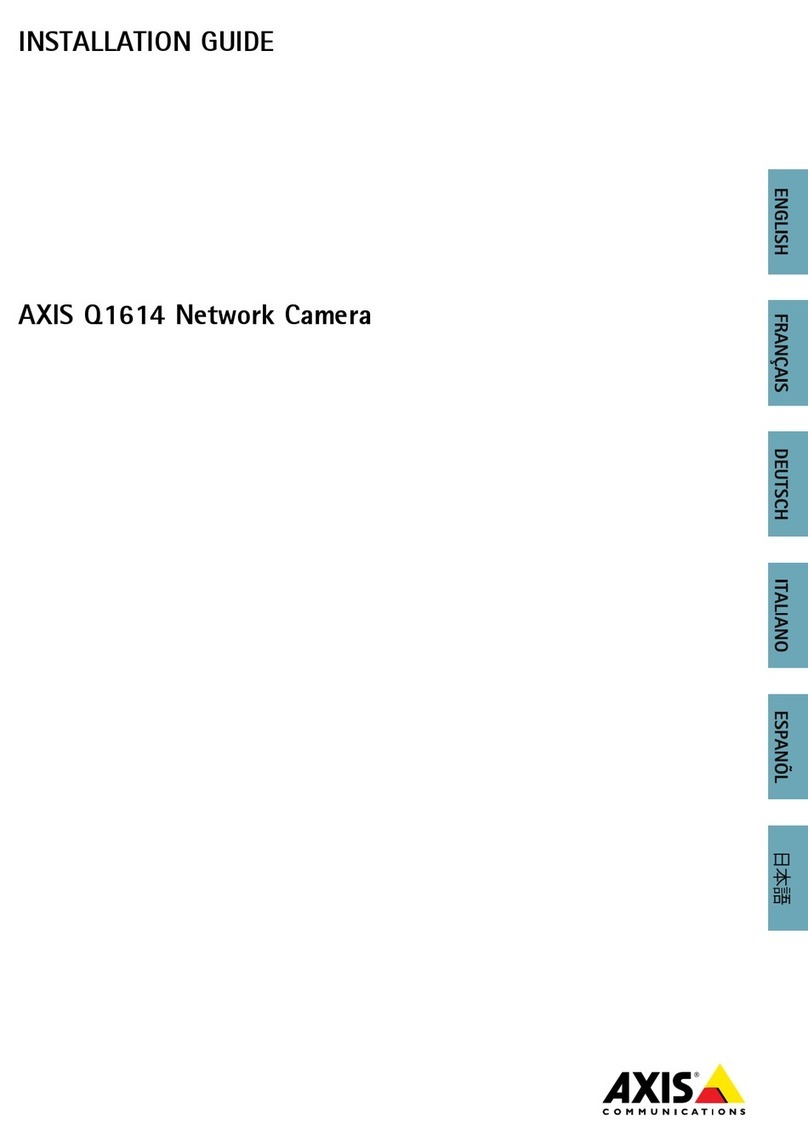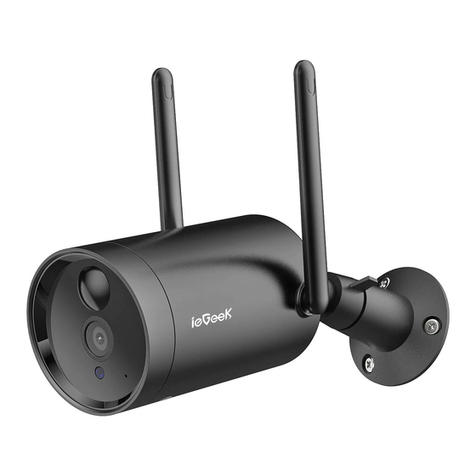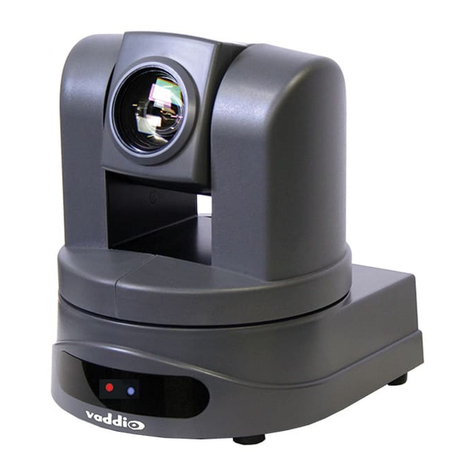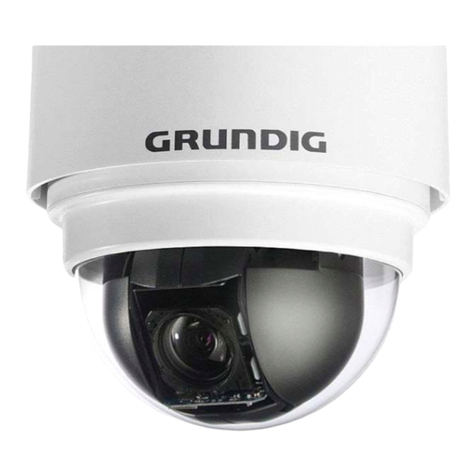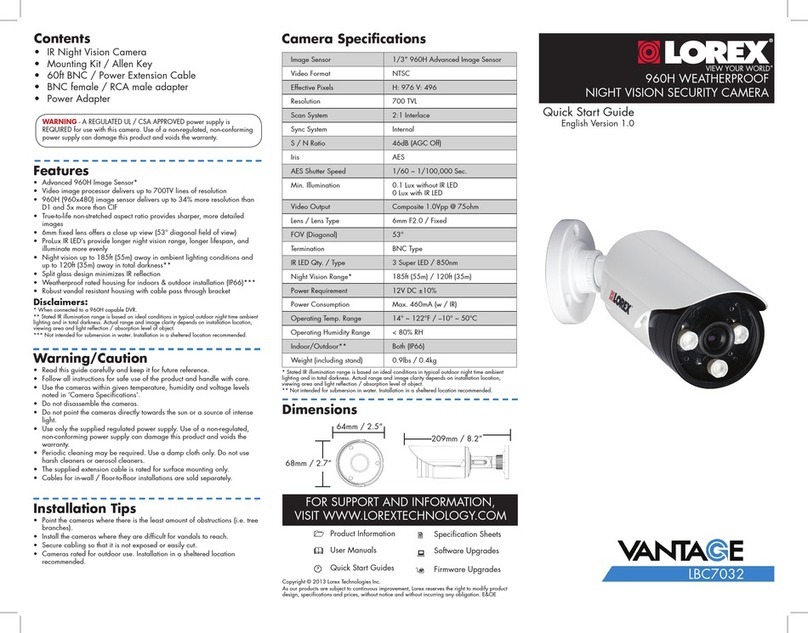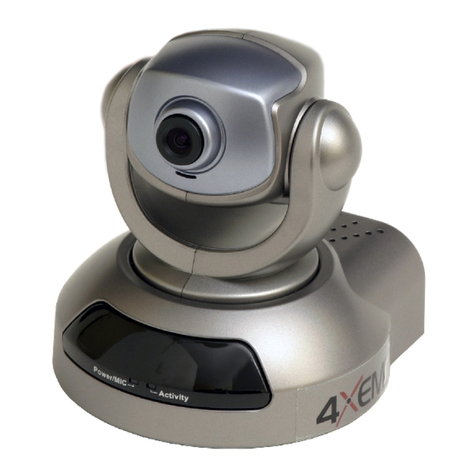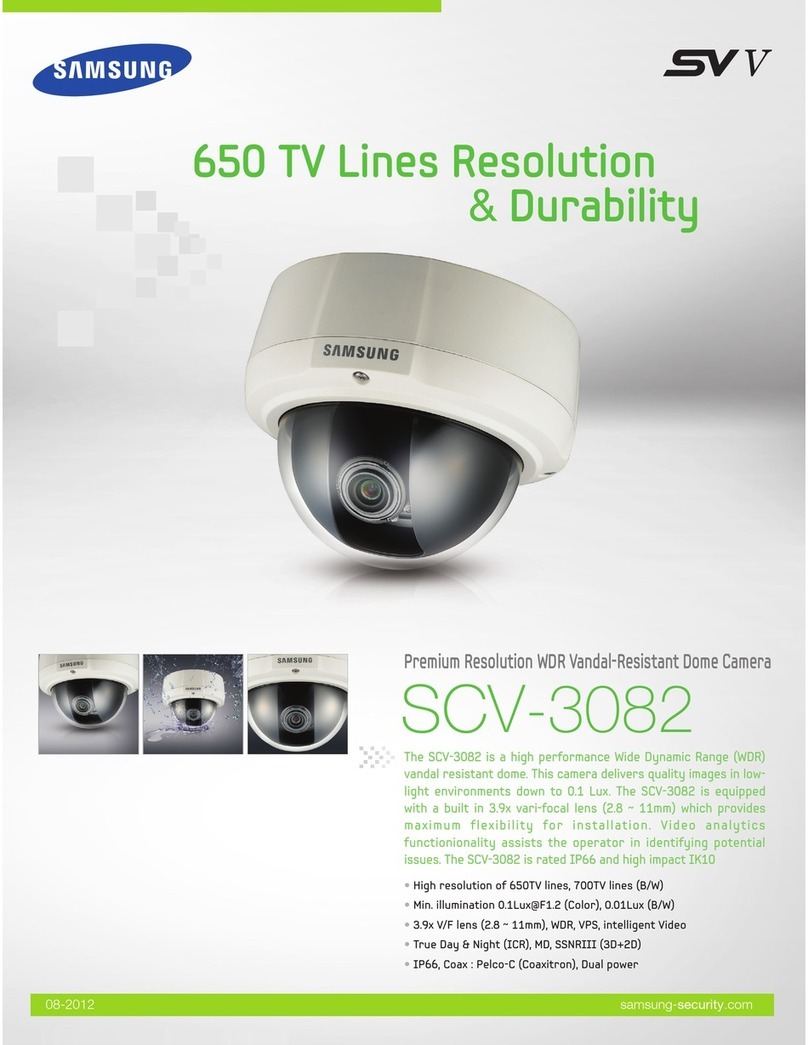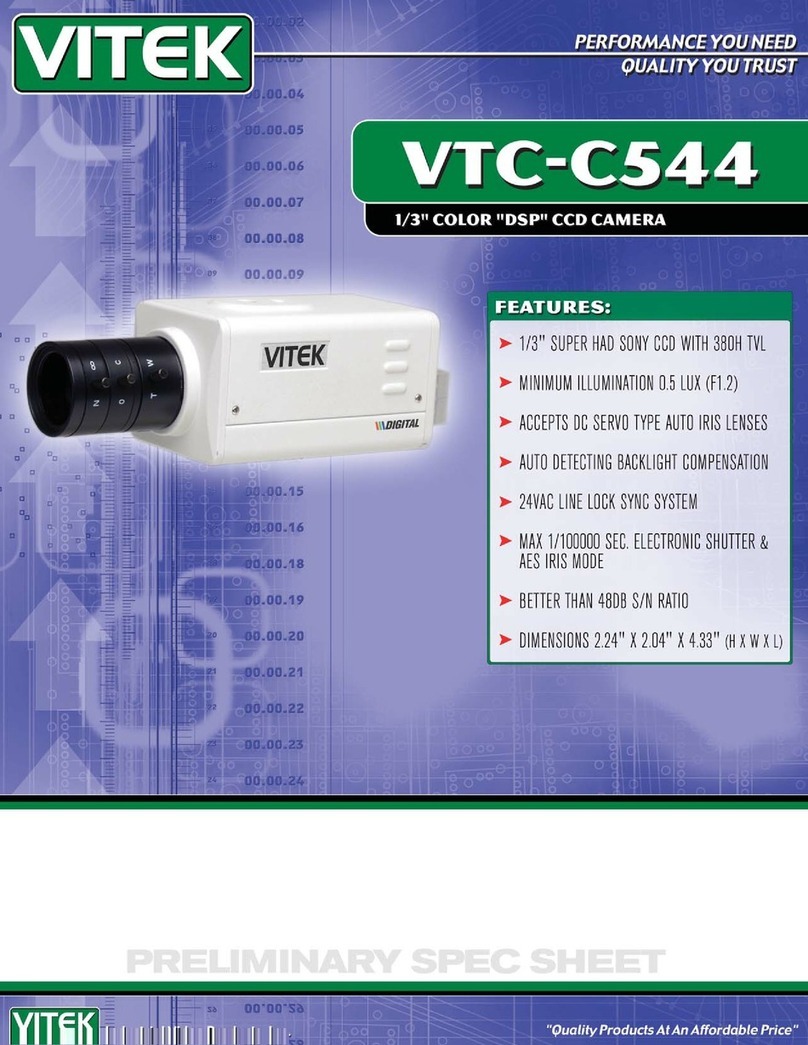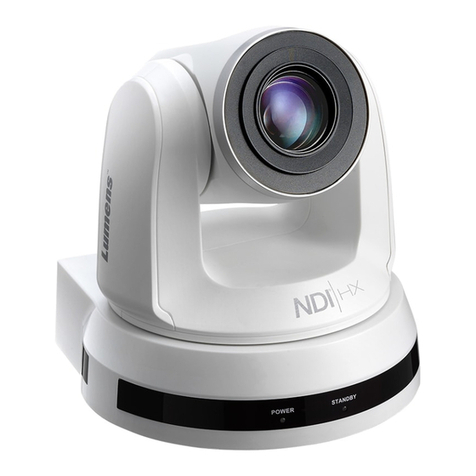
Table of Contents
1Introduction ...................................................................................................................1
2Network Connection......................................................................................................2
2.1 LAN................................................................................................................................................ 2
2.1.1 Access through IP-Tool .................................................................................................. 2
2.1.2 DirectlyAccess through IE............................................................................................. 4
2.2 WAN............................................................................................................................................... 5
3Live View........................................................................................................................8
4Network Camera Configuration.................................................................................11
4.1System Configuration.................................................................................................................... 11
4.1.1 Basic Information......................................................................................................... 11
4.1.2 Date and Time.............................................................................................................. 11
4.1.3 Local Config................................................................................................................. 12
4.1.4 Storage.......................................................................................................................... 12
4.2 Image Configuration ..................................................................................................................... 14
4.2.1 Display Configuration .................................................................................................. 14
4.2.2 Video / Audio Configuration........................................................................................ 16
4.2.3 OSD Configuration....................................................................................................... 18
4.2.4 Video Mask .................................................................................................................. 18
4.2.5 ROI Configuration........................................................................................................ 19
4.2.6 Lens Control................................................................................................................. 20
4.3 PTZ Configuration........................................................................................................................ 21
4.4 Alarm Configuration..................................................................................................................... 21
4.4.1 Motion Detection.......................................................................................................... 21
4.4.2 Other Alarms................................................................................................................ 23
4.4.3 Alarm In ....................................................................................................................... 24
4.4.4 Alarm Out..................................................................................................................... 25
4.4.5 Alarm Server ................................................................................................................ 26
4.5 Event Configuration (Optional)..................................................................................................... 26
4.5.1 Object Removal............................................................................................................ 27
4.5.2 Exception...................................................................................................................... 29
4.5.3 Line Crossing ............................................................................................................... 30
4.5.4 Intrusion ....................................................................................................................... 33
4.5.5 Crowd Density Detection.............................................................................................. 35
4.5.6 People Intrusion............................................................................................................ 37
4.5.7 People Counting ........................................................................................................... 38
4.5.8 Face Detection.............................................................................................................. 41
4.6 Network Configuration ................................................................................................................. 43
4.6.1 TCP/IP.......................................................................................................................... 43
4.6.2 Port............................................................................................................................... 45
4.6.3 Server Configuration .................................................................................................... 45
